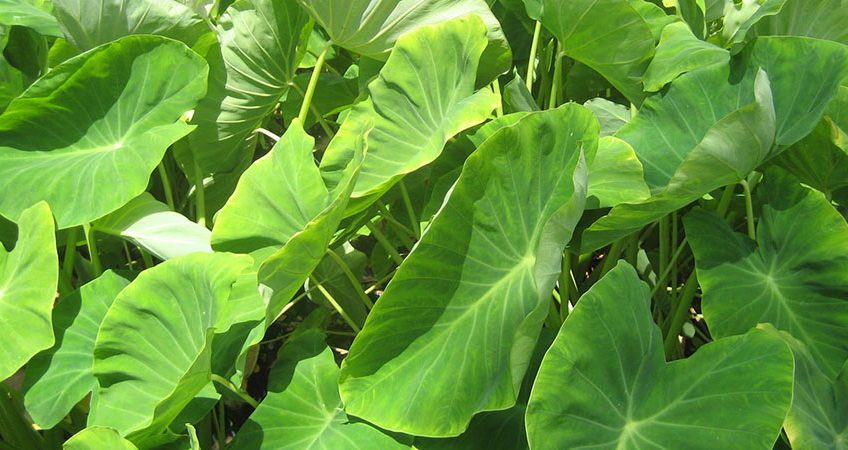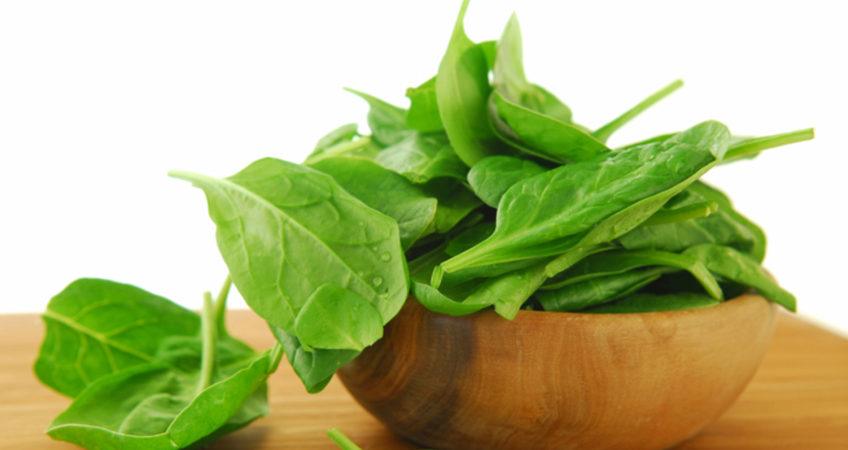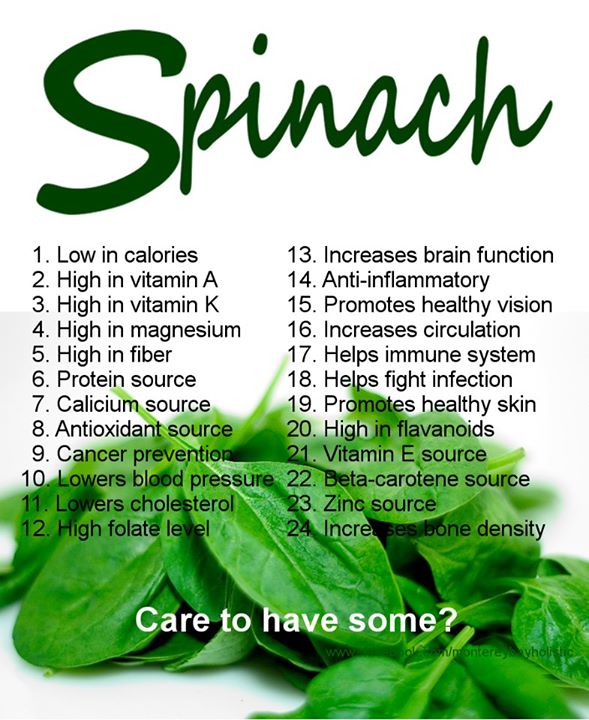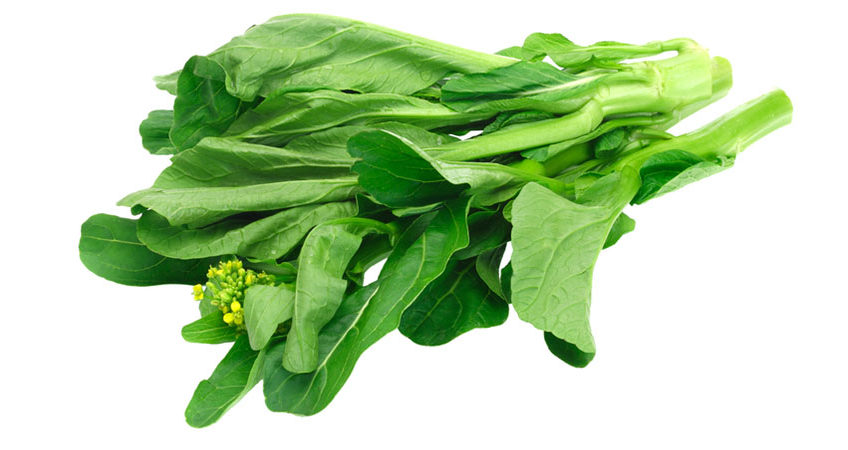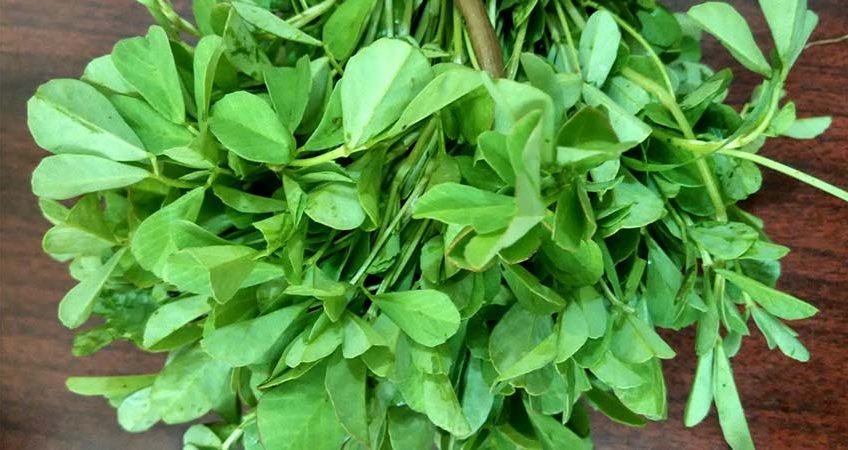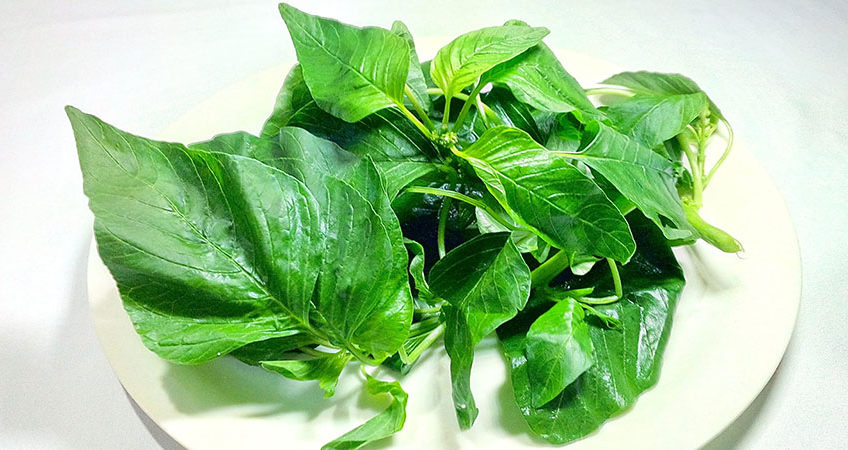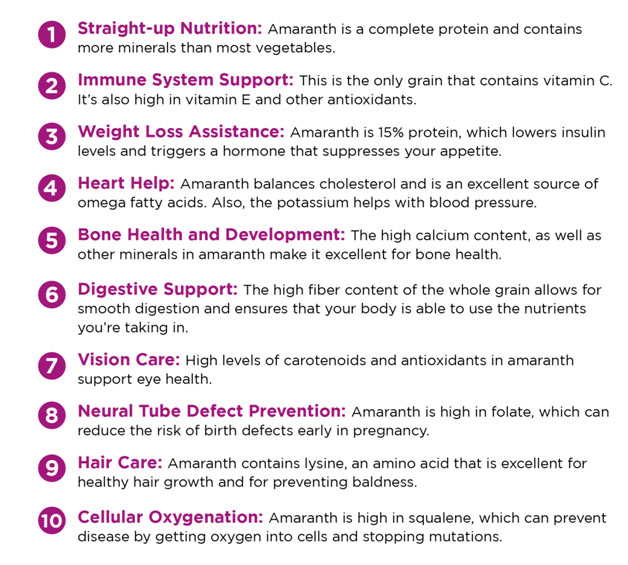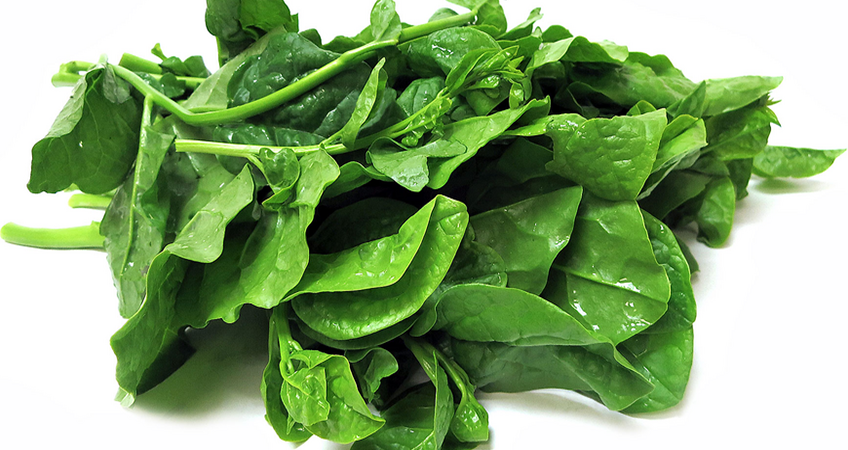
Malabar Spinach
Malabar spinach’s thick, semi-succulent, heart-shaped leaves have a mild flavour and mucilaginous texture. Malabar spinach (Basella alba or ruba, a redder variety) is actually not spinach at all , and it doesn't taste much like spinach at all. When it's raw Malabar spinach has very fleshy, thick leaves that are juicy and crisp with tastes of citrus and pepper. When cooked, though, Malabar spinach does look and taste a lot more like regular spinach. It doesn't wilt as fast, though, and it holds up better in soups and stir-fries. It's a popular green in Asian, Indian, and even African cuisine.
Nutritionally, Malabar spinach provides a good amount of vitamins A, B1 (thiamine), B2 (riboflavin), B6 (niacin) and C, as well as the minerals calcium, iron, phosphorus, magnesium, potassium and sodium. The succulent mucilage is a particularly rich source of soluble fiber
As a healing agent, this botanical is chewed to give relief in cases of mouth ulcers. The astringent quality of the cooked roots is beneficial to curb diarrhea, while the cooked leaves and stems are summoned when a mild, effective laxative is called for. Ongoing research is examining the traditional role played by Malabar spinach as a remedy for infertility and as a potential ingredient in testosterone-boosting herbal cocktails.

